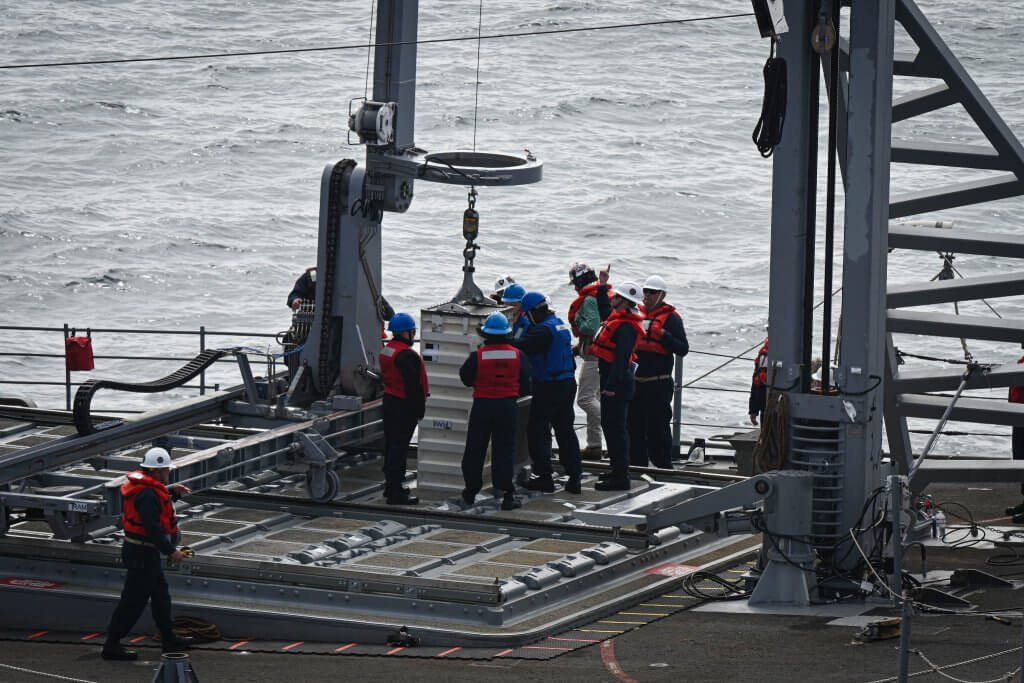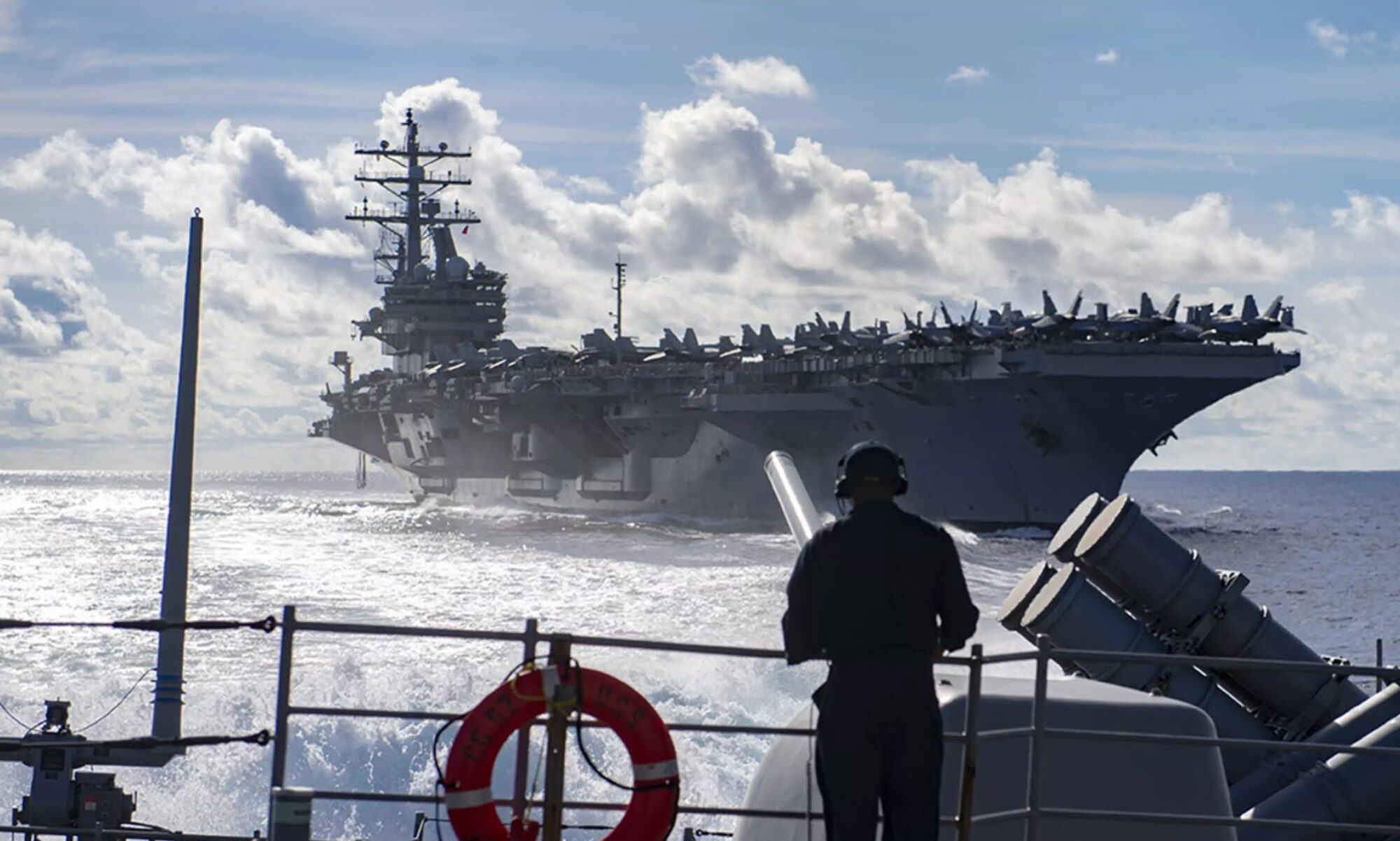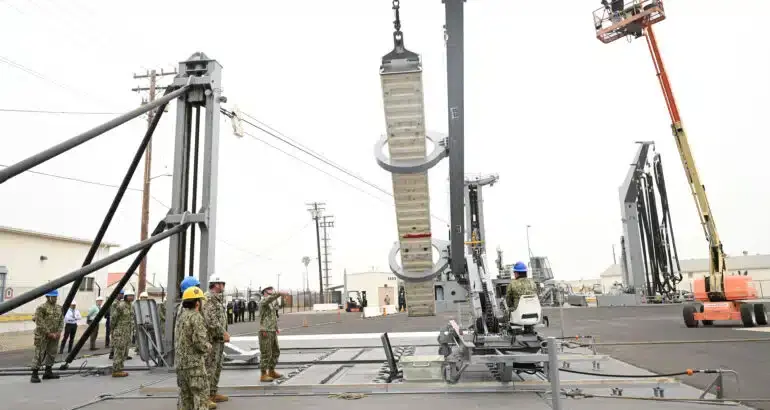
Ensuring Naval Readiness in the 21st Century: A Call to Action
From Americans for a Stronger Navy
In today’s rapidly changing world, America’s naval forces face unprecedented challenges. Global powers are racing to modernize their fleets and develop advanced weapons systems, while the U.S. Navy must continue to uphold its long-standing mission: to defend freedom of the seas and protect American interests around the globe.
As supporters of a strong and capable Navy, we at Americans for a Stronger Navy understand that maintaining naval superiority requires not only cutting-edge technology but also the operational readiness of our fleet. One critical area that has seen major advancements is how our warships sustain themselves in combat.
The Importance of Staying in the Fight
For decades, the need to leave the battle zone to resupply or rearm has created a tactical challenge for the U.S. Navy. Every moment a ship spends away from the fight is a moment when our forces are vulnerable, and our operational effectiveness is compromised. As the former Chief of Naval Operations, Adm. Arleigh Burke, once said, “All time spent in replenishing was time lost in combat.”
That sentiment rings true today. The pace of modern warfare has only accelerated, and our Navy must keep pace. In the event of a conflict, especially with global adversaries like China, there may be little time to spare. That’s why rearming and resupplying at sea is no longer just an operational convenience—it’s a strategic necessity.
A Breakthrough in Naval Replenishment: TRAM
Enter the Transferrable Rearming Mechanism (TRAM)—a revolutionary new technology that allows ships to reload their vertical launch systems (VLS) at sea. This innovation, which was recently tested aboard the USS Chosin (CG 65), could dramatically enhance the Navy’s ability to sustain long-range combat operations.
“This is a long-sought breakthrough by our Navy that will be an enormous boost to our ability to endure and conduct successive strikes on the battlefield.” – Captain Dave Lennon, USNR (Ret).
Developed by the engineers at Naval Surface Warfare Center in Port Hueneme, California, TRAM enables cruisers, destroyers, and eventually frigates to resupply their missile systems without leaving the theater of operations. This capability allows our warfighters to stay in the fight longer, delivering sustained firepower where and when it’s needed most.
Why This Matters for America’s Future
In a potential conflict, the ability to rapidly resupply and rearm could be a game-changer. Studies have shown that in a high-intensity conflict with a near-peer adversary, the Navy could expend thousands of missiles in a matter of weeks. Traditionally, U.S. warships would need to sail back to a friendly port—potentially hundreds of miles away—to reload, costing valuable time.
TRAM changes that. By allowing the U.S. Navy to resupply its warships while still at sea, we not only save time but also maintain the operational tempo necessary to overwhelm our adversaries. This kind of forward-thinking innovation is precisely what will ensure that our Navy remains the world’s dominant maritime force.
Our Commitment to a Stronger Navy
At Americans for a Stronger Navy, we believe that our country’s naval strength is foundational to our security. Innovations like TRAM represent the future of naval warfare, but they are just one piece of the larger puzzle. Continued investment in technology, training, and shipbuilding is essential to maintaining our edge in an increasingly competitive global arena.
We encourage all Americans to stay informed about the challenges facing our Navy and the solutions that are being developed to meet those challenges. It is through understanding and advocacy that we can ensure our Navy remains ready to protect and defend—both today and in the years to come.
Stay tuned for our next post, where we’ll dive deeper into the technical aspects of TRAM and how it promises to revolutionize naval operations.
Please support the Navy and the Americans for Stronger Navy by following us on Facebook or by completing the contact us page by clicking here.


